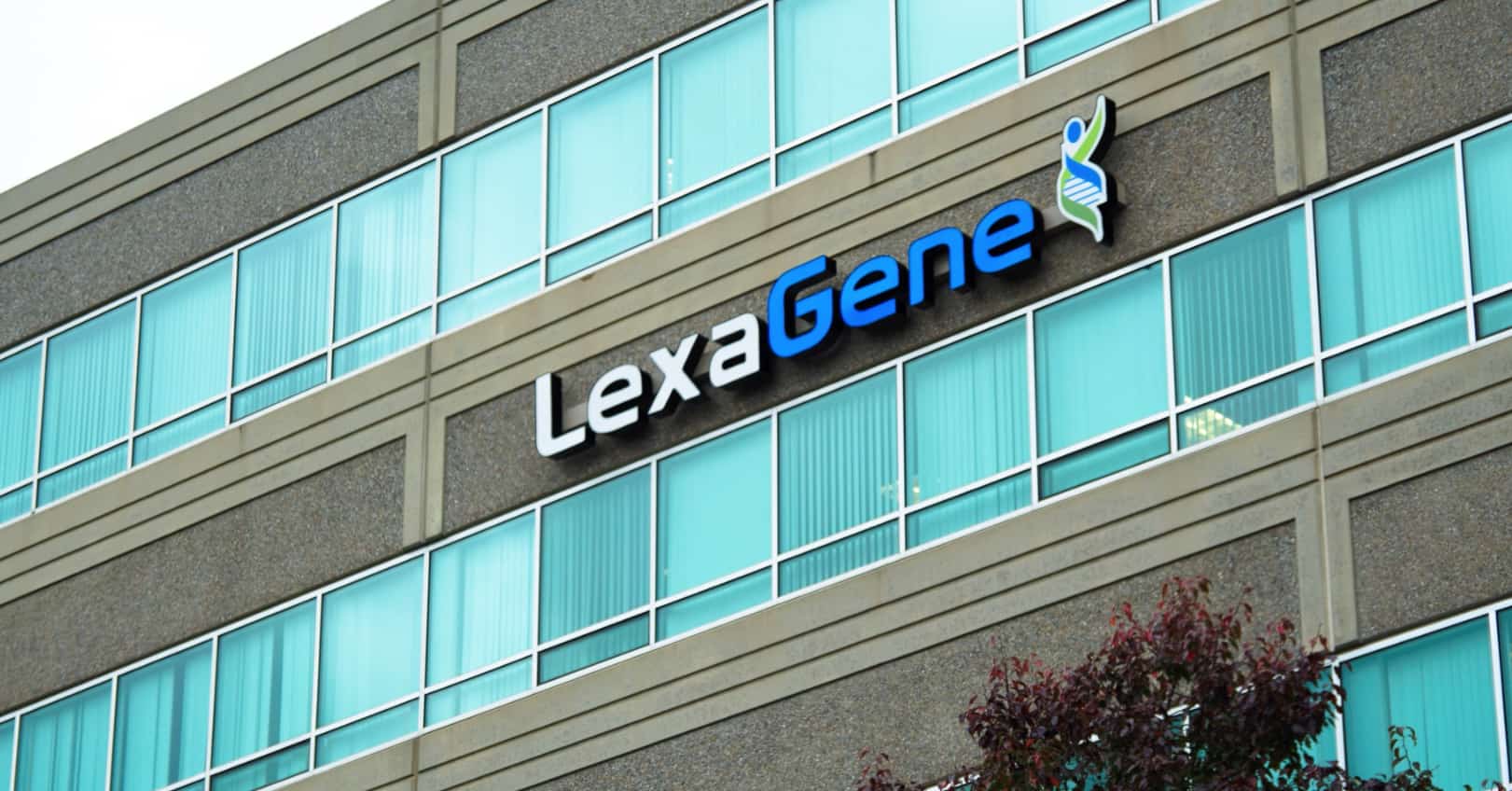LexaGene gets its target price cut by iA Capital Markets

Chelsea Stellick of iA Capital Markets has lowered her price target for LexaGene (LexaGene Stock Quote, Chart, News TSXV:LXG) from $1/share to $0.75/share, though she maintained a “Buy” rating and set a projected return of 89.9 per cent in an update to clients on Tuesday, with Stellick attributing the drop to lower net assets, lower multiples from comps and reduced consumables sales volume forecasts.
Founded in 2007 and headquartered in Beverly, Mass., LexaGene is a med-tech device company developing a fully automated pathogen detection instrument to prevent and diagnose disease in food safety, veterinary and human diagnostics, water quality monitoring, aquaculture pathogen surveillance and others.
Stellick’s latest analysis comes after LexaGene released financial results for the third quarter of its 2021 fiscal year.
“Our P/B valuation is impacted by the short remaining cash runway but our continued belief in the value proposition of the MiQLab instrument and sales in Q4/F21 result in our continued optimism for LXG’s prospects,” Stellick said.
The quarterly results were headlined by a $2.4 million cash burn (all report figures in US dollars) with $1.7 million in remaining cash runway, along with a net loss of $0.02/share. The company is close to meeting Stellick’s sales forecasts in the veterinary vertical, having sold seven of the projected nine MiQLab systems with one quarter remaining, though she did push out the one expected sale in the bioreactor vertical since nothing has been announced on that front since 2020.
Adoption of the MiQLab in the veterinary vertical has come gradually, with Stellick noting the company sold two units in the second quarter and two in the third quarter, with a hint of an acceleration to come with the sale of an additional three units to clinics in Michigan, Minnesota and New York subsequent to the end of the quarter.
“By acquiring MiQLab Systems, veterinary practices are setting themselves apart from their competition, as this technology allows them to elevate the standard of care they provide to companion animals,” said Dr. Jack Regan, LexaGene’s Founder and CEO in the company’s January 3 press release. “We look forward to educating veterinary practices in the coming year, regarding the importance of in-clinic PCR testing, and aim to revolutionize veterinary diagnostics through the sale of MiQLab Systems.”
LexaGene’s cost of goods sold came in at $149,000 against $48,000 in revenue, though Stellick believes the company will attain strong margins once it achieves high volume production through accelerating market penetration.
Looking ahead, Stellick identifies the open access vertical as a growth opportunity tor the company, particularly after adding a test to its menu that identifies Burkholderia cepacia complex, a Tier 1 biothreat agent and the most common contaminant in nonsterile pharmaceutical products. The look toward open access comes as LexaGene pursues syndromic testing for human clinical diagnostics through the FDA’s premarket review pathway, which Stellick considers to be more onerous.
In the face of public health agencies advocating against overprescription of antibiotics due to increased resistance, Stellick also believes LexaGene will be an important player in the veterinary diagnostics market by enabling targeting of antibiotics for pet infections to individual microbes with resistance genes identified at point of need, given the rapid turnaround of MiQLab testing.
The veterinary vertical accounts for the entirety of Stellick’s $283,000 revenue projection for 2021 ($229,000 in instruments, $54,000 in consumables), with open access entering the equation in 2022 projections to account for 3.5 per cent of the company’s projected $2.9 million in revenue. Stellick projects the open access component of the revenue mix to continue growing through 2030, where she forecasts it to account for 6.9 per cent of the company’s $173 million revenue projection.
From a cost standpoint, Stellick expects the balance of the company’s COGS to shift from the instrument side (45 per cent margin) to the higher-margin consumable side (90 per cent margin) by 2026, with consumables projected to account for 63.2 per cent of the COGS mix by 2030.
Meanwhile, Stellick projects operating expenses as a percentage of income to drop from 50 per cent in 2021 to 32 per cent by 2030, while also expecting net income to turn positive in 2025, eventually growing to a projected $62.5 million by 2030.
“We continue to see LexaGene in a transitional state as it moves from focusing on R&D toward emphasizing market penetration,” Stellick said. “As the test menu expands and product development advancements continue to improve the platform, we see F2022 as a pivotal year for LXG to emerge into its new stage as a sales-oriented organization.”
Long-term investors in LexaGene have seen the stock price fall 62 per cent over the last 12 months, but those who recently got on board will be encouraged by a 41 per cent return since the calendar flipped to 2022. LexaGene’s 52-week high was set on February 10 at $1.40/share, with the 52-week low coming last week at $0.26/share on January 24.

Geordie Carragher
Writer
Geordie Carragher is a staff writer for Cantech Letter


